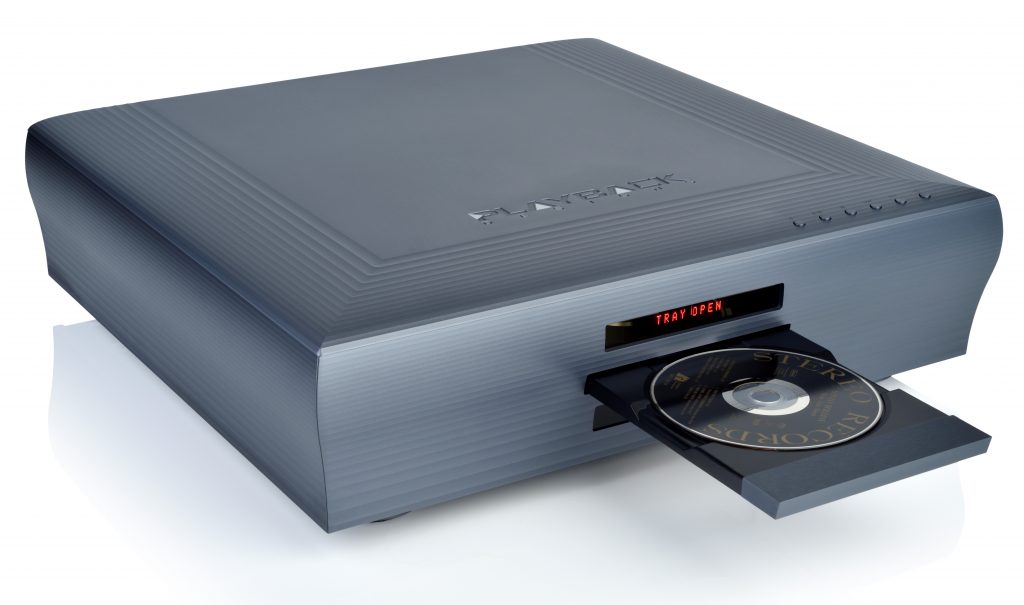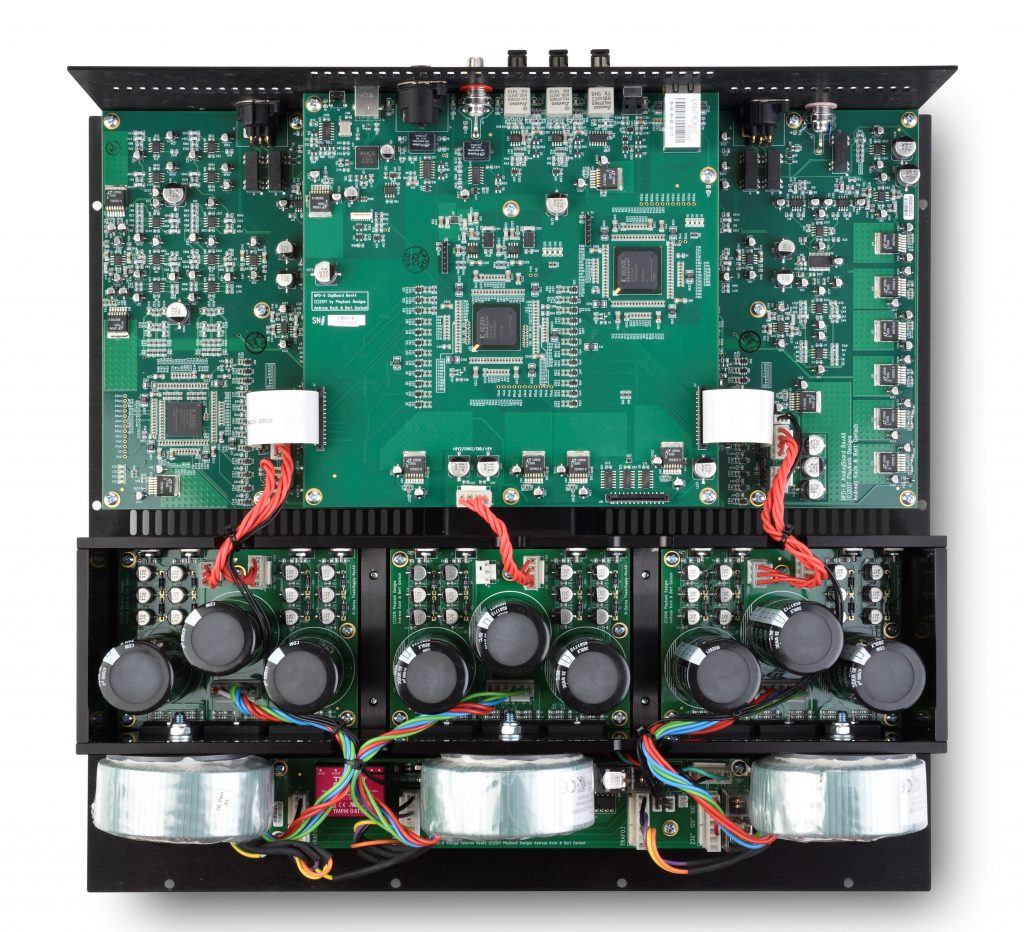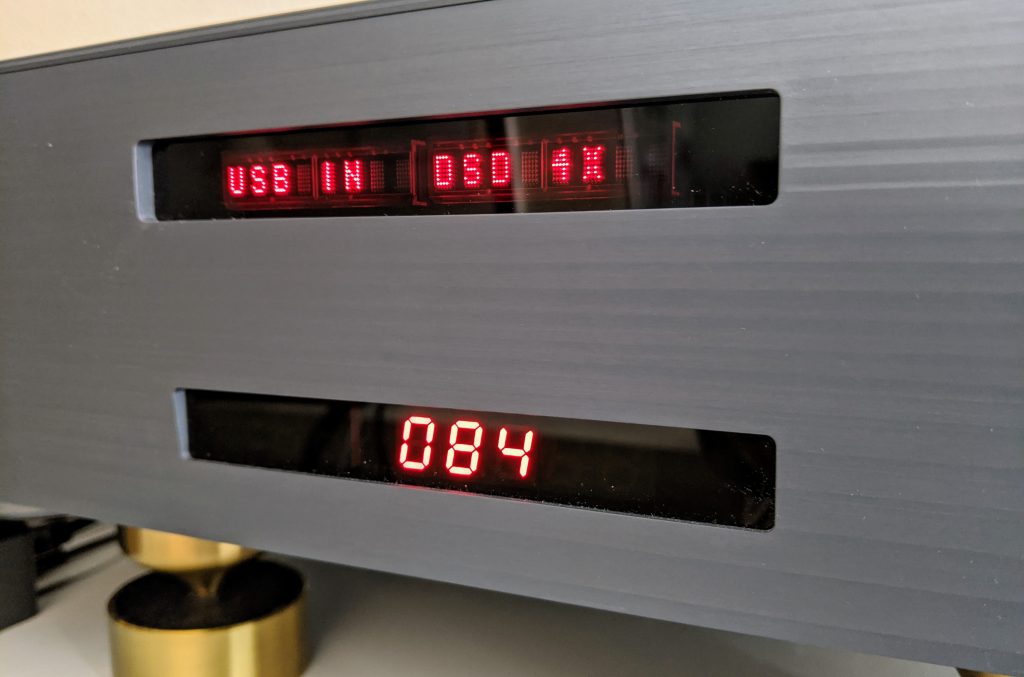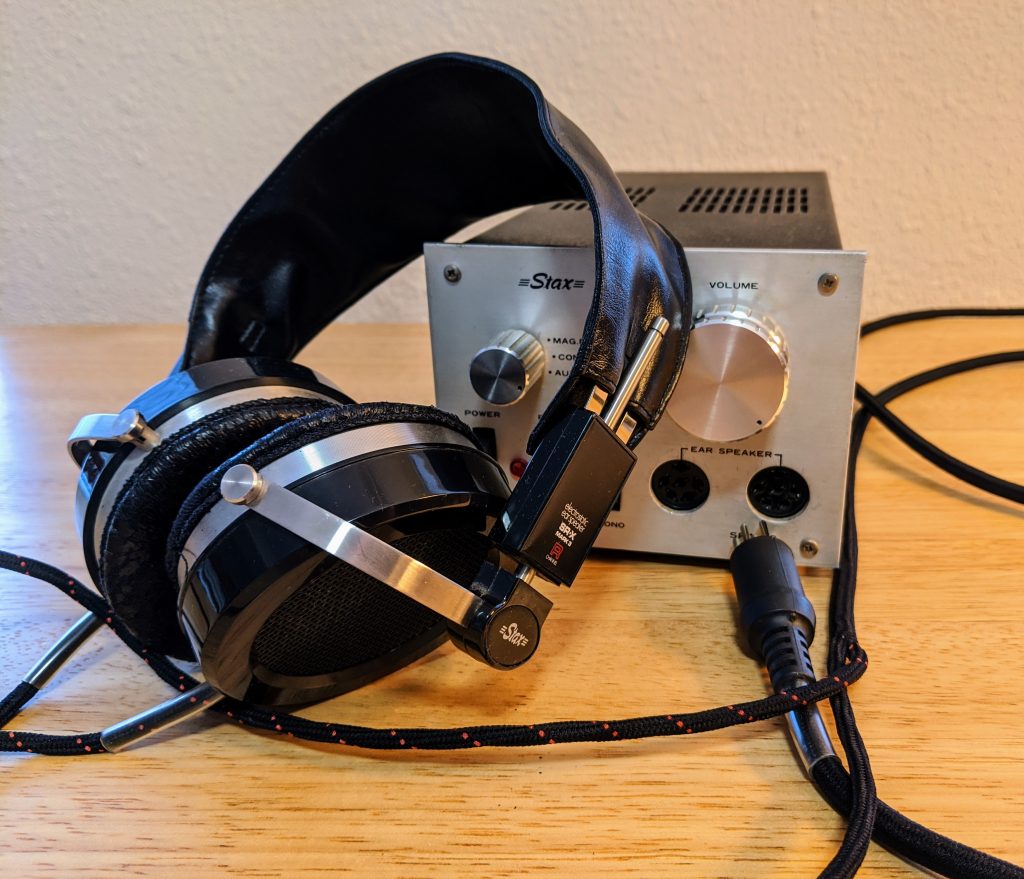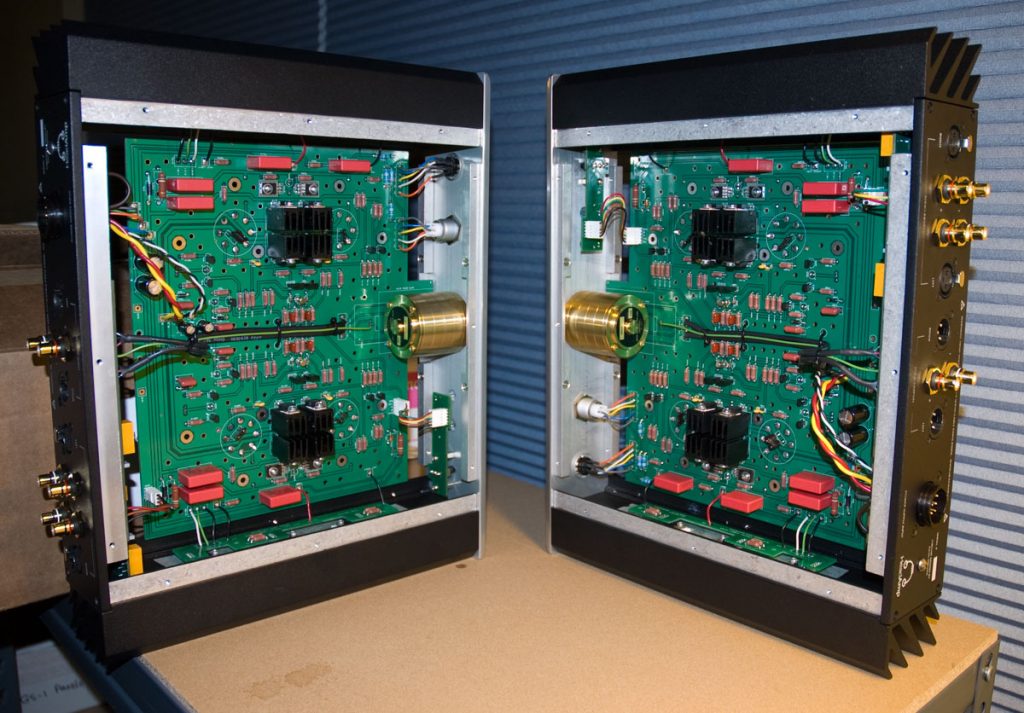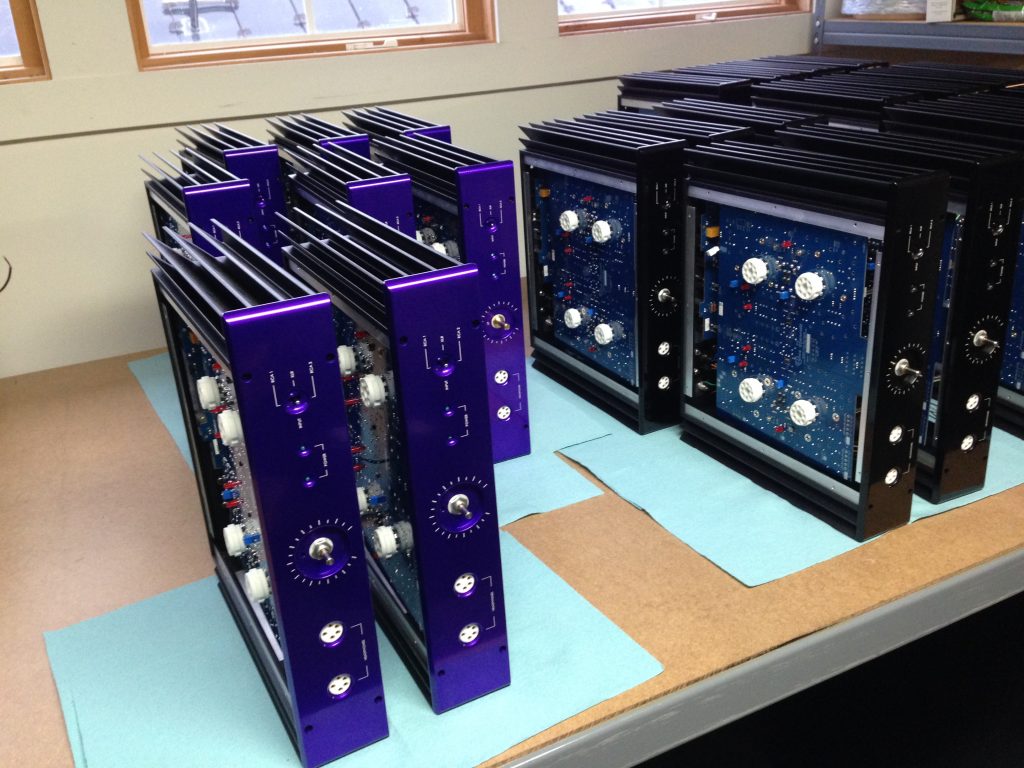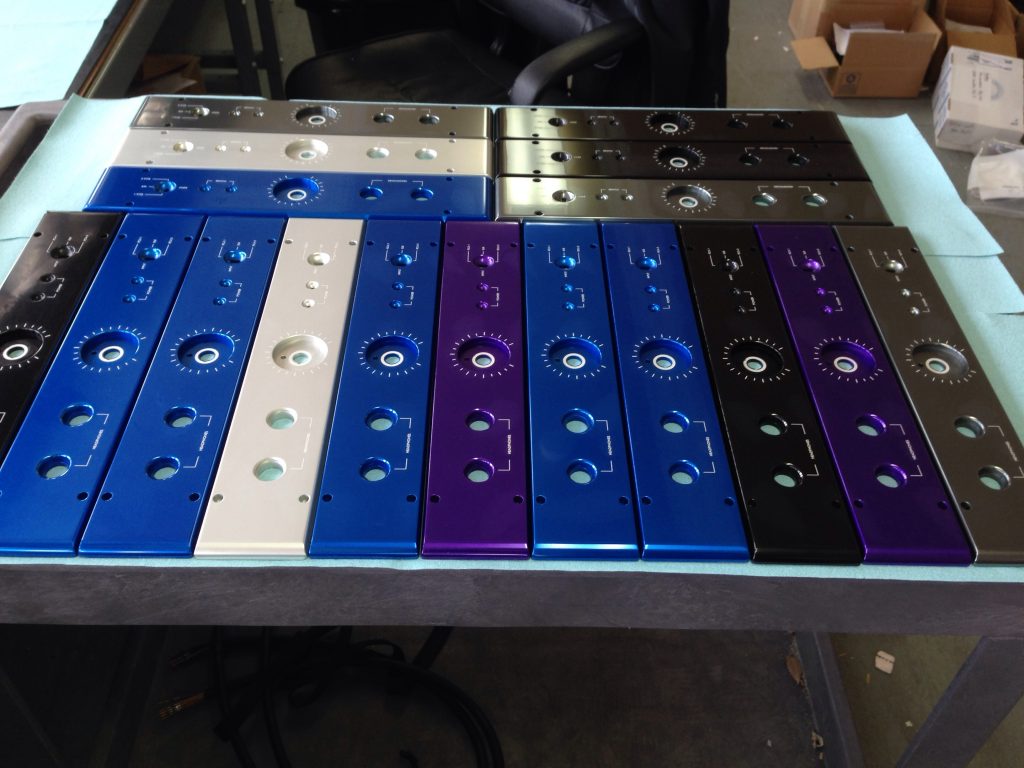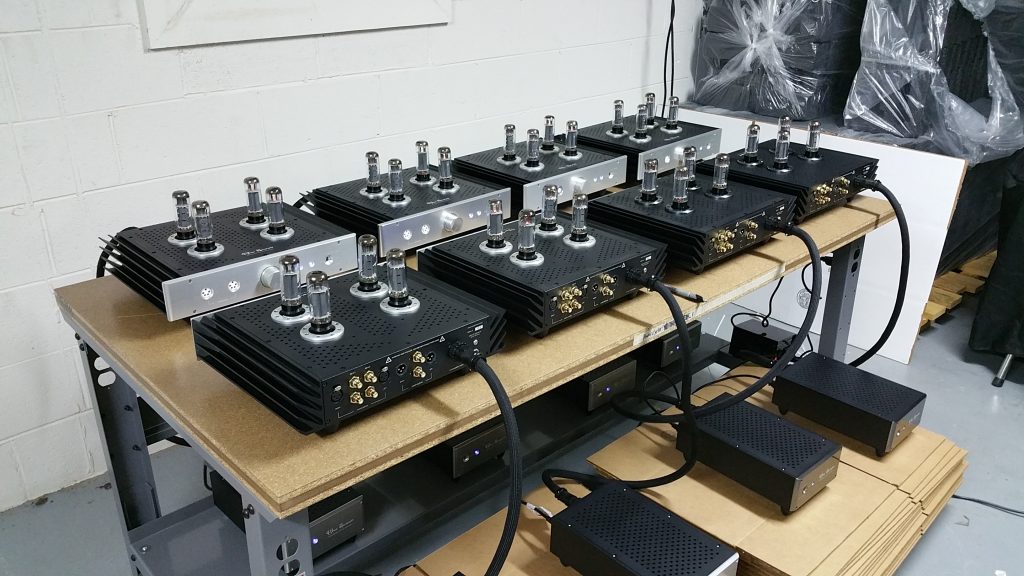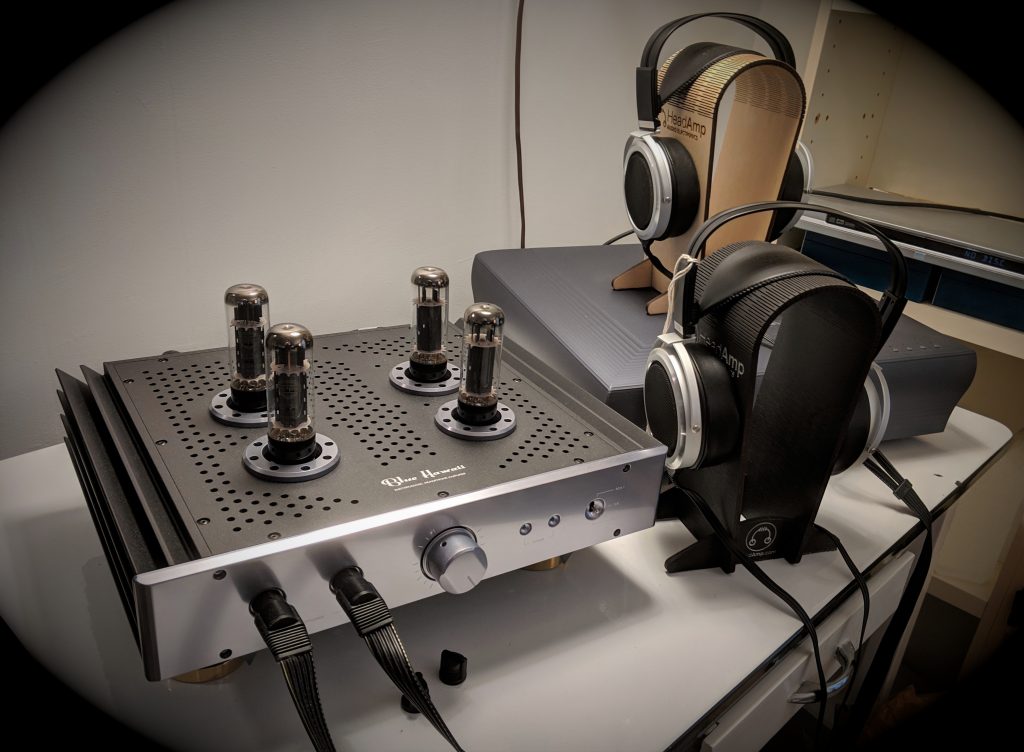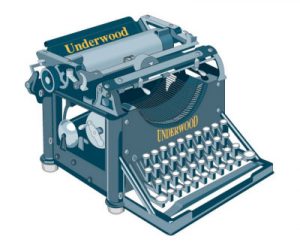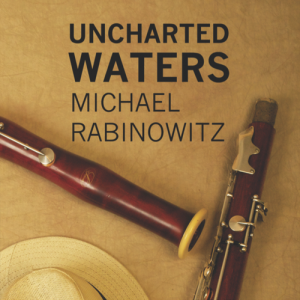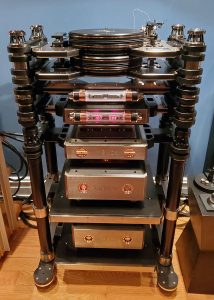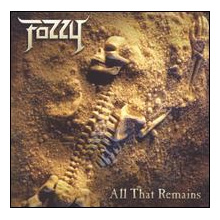Part 2 – In which this (now former) vinylholic seeks his solution for moving to an all-digital world, with headphones…
[Please understand that this is simply the story of a personal journey. It is shared in hopes that it may help others faced with a similar transition in their listening environments. This is not intended as an equipment review, but specific equipment will be mentioned in hopes doing so will better illuminate our thinking process and what steps we took to come out the other side on this journey.]
As described in my initial introduction to this conversation, my wife and I decided to downsize and move to an apartment. To make this transition, we committed to transition to an all-digital, files based, audio system using headphones only. And we still wanted a system that would sound as engaging as our "to the nines" vinyl system. So my dilemma was how to do this in digital, with headphones, and keep my sanity.
Much angst was in the mix.
After discussion of what was important to us, we adopted the following guidelines:
- This new system would be our PRIMARY listening system, just as was our former vinyl system.
- We would not cut corners on choosing components, but would optimize for the best sound quality we could achieve, within some to be determined range of expenditure we were willing make. (See #1 above.) We would not set a budget ahead of time. Instead, we'd decide what components made the most sense in achieving our listening goals and then decide if we were willing to spend what it would cost. If not, we'd adjust.
- The system had to accommodate the two of us listening together. Home concerts are important in our household!
- This would be a digital files based system and would rely on stored files, not streaming services (Tidal, Qobuz, etc.). We could always add streaming later.
- We would rely on advice from those audio friends in whose ears we trust, because we could not audition all the component candidates. Knowing the musical and listening preferences of these trusted compatriots would allow us to cross-reference opinions and calibrate to our requirements.
Getting Educated
My first step was to get better educated about digital technology and how all of this would affect the choices I needed to make.
- What is DSD and how does it differ from PCM?
- Why do people say 24-bit sounds better than 16-bit?
- Why do people say DSD sounds better than PCM?
- What is "over sampling" and how does this apply to my system choices?
- What is jitter and why do I care?
- If digital really is sounding better these days, what makes a difference?!?
- The questions went on and on.
I had some inkling about all of this from past exposure to CD, SACD, DVD-A used by friends in their systems. Local area audio groups are great for this kind of exposure and sharing of experiences.
And, I'd dipped my toe into digitizing some of my LPs in anticipation of what I expected to be a far distant time. To this end I'd purchased a used A/D converter on the advice of a forum member on Audio Asylum's Hi Res forum. With that A/D converter, I was getting a little exposure to ripping LPs in PCM and DSD and hearing the differing outcomes between the two formats via playback through that same A/D converter. In retrospect, I now realize it had to have a built-in D/A converter or DAC. My conclusion from this effort was that digital still had a long way to go before it would equal the sound quality I was getting from my vinyl.
But suddenly my "far distant future" timeline was accelerated. And my bit of dabbling by ripping a few LPs was nothing compared to what I needed to understand in order to choose and setup a full on digital system. I needed to get educated much more deeply and fast.
I also needed a few shoulders to cry on and some moral support. For that, thank goodness for empathetic friends!
Resources for Getting Better Educated
I'll share some resources I found helpful. I'm not offering this as a tutorial on digital technology—I don't know enough to attempt that. But I can offer this as a starting point for further study. (Some of the resources listed are new since my search, but I've included them because they are pretty good and perhaps more up-to-date.)
A starting point – two primers on understanding digital audio:
Paul McGowan's "Ask Paul a Question" series on YouTube. Paul is the founder and CEO of PS Audio and presents several 4-6 minute Q&A videos each week responding to questions he receives. His channel is well worth checking out! Pretty painless, usually pretty non-technical. Here are some videos that get to the basics of digital audio, just be careful to check the year published because this is a rapidly changing technology:
- How a DAC works
- What to look for in a DAC
- How important is the DAC chip itself?
- Are new DACs better than old ones?
- Understanding sample rates
- How does upsampling increase information?
- What is audio oversampling?
- How can converting PCM to DSD be better?
- Jitter's audible effects*
- Jitter and clocks*
- Ted explains DSD*
*Presented by Ted Smith, PS Audio's lead designer for digital technology - Unlocking the secrets of DSD
An audio engineer on what sounds different in analog, PCM and DSD - Understanding sample rates
- How does upsampling increase information?
- What is audio oversampling?
- How can converting PCM to DSD be better?
- How does an FPGA DAC work?
The Hans Beekhuyzen Channel on YouTube provides excellent in-depth information about digital audio. His videos are more technically challenging than Paul McGowan's videos, so buckle up and pay attention. The return will be worth your effort.
- What makes a good DAC?
- What defines the quality of a DAC?
- An introduction to playing high quality music files
- How to get good sound quality audio from your computer
- Why I prefer a DAS (Direct Attached Storage) over a NAS (Network Attached Storage)
John Darko's articles and YouTube videos are another great source of information about digital audio, particularly for the music oriented audiophile who is looking to assemble a digital system that sounds good, but is more cost effective than an assault on the state of the art. John has a very engaging manner of explaining things and offering his thoughts. And the quality o his videography is a pleasure to view. Here are some starting points:
- Back To Basics Part 1: Music streaming
- Back To Basics Part 2: Music servers & network streamers
- Back To Basics Part 3: DACs
- A beginner's guide to DACs
- Excellence EVERYWHERE w/ AudioQuest's DragonFly Cobalt
DSD education from Andreas Koch
See "About the Author" in the second article below published in Positive Feedback.
- Raising the Sample Rate of DSD - Is There a Sweet Spot?
- My Questions and Answers (MQA): An Interview with Andreas Koch
- DSD – The New Addiction by Andreas Koch
Internet Forums? Got your flak vest fastened? Well, that's the stereotype. I've found many helpful people willing to answer questions and provide explanations in a number of forums. Just remember to do a little research first to ensure your question hasn't already been asked and answered a hundred times. Here are some suggestions related to PC Audio and Hi Res Audio:
Reviews and articles here in Positive Feedback. Browse around. There's a wealth of information contained in the various hardware reviews and articles. Some examples:
- Audio Ramblings - The Small Green Computer sonicTransporter i5…
- From Digital to Digital: Converting a Library from Spinning Discs to Network Based Audio
- Musings on Building a Digital Music Server
- PS Audio DirectStream Junior DAC
- Impressions: The PS Audio DirectStream DSD DAC…
- Impressions: The Playback Designs Merlot Quad DSD DAC…
Selecting the DAC
The outcome of my research on digital audio was a set of parameters for our DAC search:
- The DAC is truly the heart of our system. It will be the key to getting the quality of sound we seek; if the DAC can't deliver it, we'll never hear it. So, treat the decision about the DAC with the same consideration we gave to our vinyl system's turntable, cartridge, and phono stage. Don't cut corners here.
- The power supply and analog stage are critical to achieving the best sound quality, as are attention to isolation between the analog and digital sections of the DAC, and between channels. Seek DACs where the power supply has been built at a heroic level.
- Watch for longevity—can the DAC be meaningfully updated via firmware, or does an upgrade require some internal hardware replacement? Digital is still a rapidly evolving technology, so how does the manufacturer address this? This consideration resulted in my strong preference for designs using field-programmable gate array (FGPA) integrated circuit chips instead of hardware D/A chips.
- The DAC should be capable of processing DSD files up to Quad DSD (DSD4x/DSD256) via native DSD over USB (not via DoP) and should process PCM files up to 24-352.8 (DXD). If the DAC is limited to Double DSD (DSD2x/DSD128) or requires use of DoP, it will not be a candidate.
- The DAC should manage its own internal master clock independent of any source feeding the digital file into it; and should be built with particular attention to managing the incoming USB connection to eliminate noise and jitter.
With these 5 parameters we assembled a list of candidates from my readings and input from friends "in whose ears we trust." This list included DACs from Bryston, Chord, exaSound, MyTek, Playback Designs, PS Audio and Teac. The otherwise excellent DACs from EMM Labs, dCS and Meridian did not make our list because they did not support Quad DSD (DSD256) at the time of our search.
Ultimately I became convinced that the then newly released Playback Designs MPD-8 was my very strong preference. Two people for whom I have the utmost respect owned and highly recommended Playback Designs gear. One owned the MPD-8 and had written a review published at Darko.Audio. The other is Dr. David, our PF Editor, who was then using Playback Designs' MPS-8, the same design but with a built-in optical disc player and a smaller power supply to allow for the space needed by the disc player assembly. David had written fairly extensively about Playback Designs products over the years and had recently written a very positive review of the MPS-8.
Playback Designs MPS-8 Player/DAC. Image courtesy of Playback Designs
My confidence in the MPD-8 as our DAC of choice was building from all of my reading and conversations. But an understanding of the heroic lengths taken by Andreas Koch and Bert Gerlach in the design and execution of the MPD-8 truly convinced me—their work resoundingly met or exceeded my five search parameters.
But why not the MPS-8 player/DAC with its integrated optical disc player? Two reasons: (1) our listening was going to be to files with no physical media to store, and (2) the MPD-8 is built with THREE fully independent power supplies, one for each of the left analog channel circuit, the right analog channel circuit and the digital circuit, versus the two in the MPS-8 player/DAC. Our past experience with vinyl playback had taught us that massive independent power supplies were a very good thing and made a clearly audible difference. See Parameter #2 above—the power supply makes a difference. Check!
Photo showing the interior of the MPD-8 with the THREE very substantial independent power supplies (right channel analog circuit supply, digital circuit supply, left channel analog circuit supply) behind 1/4" shielding to protect the audio circuitry, fully independent circuits for the left and right analog channels and high build quality. Image courtesy of Playback Designs
The only roadblock was cost. Yikes! As with any statement audio product, it is not an inexpensive undertaking given the design, development and cost of materials that go into creating such a piece of gear. But, my listening partner was on board with seriously considering this as an option.
So, with all of our considerations in hand, and our list of DAC candidates, we enlisted the aid of our counselors.
A long conversation with Dr. David (who so graciously gave of his time to help us) and then an introduction by David to Andreas for another long conversation with Andreas, finally brought us to the conclusion that the Playback Designs MPD-8 was indeed the DAC we needed to purchase for our new digital system. The cost-to-value equation would be achieved.
And so the deed was done. No audition, no home trial—all on faith in our friends combined with some very extensive cross-calibration of opinions received.
And we are very pleased.
As a side note, one of the other more affordable DAC candidates now provides good service in our secondary system in my wife's office. And with it we are quite happy, but it clearly is not the match to our primary system. Vade en pace.
Selecting Loudspeakers
Oh, yes… headphones. This was going to be another major change in our listening environment.
It had probably been 25 years since I last listened regularly to headphones and I'd become quite addicted to playing music through speakers—open air, if you will. I was not looking forward to going to headphones and losing a prized aspect of my listening enjoyment: hearing the performers arrayed in front of me and easily identified by location in the soundstage both laterally and in depth.
To me, this ability to hear instruments located in space added greatly to my experience of reproduced music in my home. I'd invested a lot of effort to get our system to the point that, with the right recordings, this three dimensional spatial location was immediately apparent even with just two channels. We'd never gotten into multi-channel sound because what we were achieving with two channels was already so highly immersive.
So, what alternative element could I hang onto as my new hook into the music?
Inner detail, transparency and resolution—the ability to easily follow the musical lines as passed from one instrument to another, to readily identify the timbre of different instruments, to hear the subtle micro dynamics of intonation.
Here it was. This element of music reproduction would be the new hook that would make headphones listening something that I not only tolerated but actually valued. And it would determine our selection of headphones.
Some decades ago I'd spent a lot of time listening to an earlier generation of STAX electrostatic headphones, the SR-X Mk III. My recollection of these headphones made me feel sure that what I'd settled upon could be that positive strength offered by headphones and that there must be headphones on the market today that could deliver this in spades.
STAX SR-X Mk III earspeaker and STAX electrostatic headphone amplifier, circa 1975
Once again we established parameters to guide our search and selection based on what we thought would be important to us. We decided on the following criteria:
- Corded, not cordless. We didn't believe that wireless was ready to deliver the level of sound quality we sought to achieve in our primary listening system.
- Comfortable to wear for extended periods without fatigue. Circumaural strongly preferred—yes, those big bulky kind of 'phones.
- Highly transparent, resolving, and neutral. We knew we'd prefer something that didn't add its own color to the mix.
- Must have two sets of matching headphones, and the selected headphone amplifier must be able to drive two headphones simultaneously for two-person listening without compromising the sound.
- Open back so conversation can continue even with headphones on. If we can't comment about the music to each other while we're listening, what fun is that? After all, this is one perk of in-home listening versus concerts.
[Goodness, our parameters for all of these decisions seem consistently to have come in sets of five.]
And so we were back to asking our friends in whose ears we trust: What have you heard? What do you like? Why?
With suggestions from friends, reviews, comments in the online forums and cross-tabulating it all against what I could figure out about listening preferences and the types of music to which opinion providers listened, we came away with several candidates we thought good for us.
But nothing could replace actually listening to the headphone candidates. I was willing to make a decision on the DAC without an in person audition, but transducers are something we've found we actually need to hear for ourselves.
To our surprise, we found that HeadAmp, the headphone amplifier manufacturer and a retailer for a number of different lines of headphones, was located only an hour west of us. A phone call put us in touch with Justin Wilson, who could not have been more helpful or accommodating. Justin didn't operate a physical retail store, but he said he'd be happy for us to visit. He would set up something so we could listen to the headphones and amplifiers that were our candidates.
Turns out, we were being invited to his manufacturing, warehousing, and order fulfillment site in Charlottesville, Virginia. Justin designs and builds two of the amplifiers we'd be interested in, depending on which headphones made us do the happy dance. So, we got a shop tour plus the opportunity to listen to the three headphones and two headphone amplifiers that were at the top of our candidates list.
During our audition, I would listen to one set of headphones while Ann listened to another, both playing the same music. I kept watching the body language next to me. Listening to one pair, she shrugged, did the wavy hand thing indicating they were okay but not what she got excited about. Then she listened to another pair and I saw a thumb go up and down affirmatively. Then she put on the STAX SR-009S and suddenly there were two thumbs up, she was bouncing up and down on her seat, and looking at me with this big grin on her face. Yep, these were going to be our headphones.
The STAX SR-009S electrostatic headphones played through HeadAmp's Blue Hawaii SE electrostatic amplifier punched all of our little audiophile buttons. It was simply a matter of purchasing TWO headphones (yes, Justin had two in stock) and ordering the Blue Hawaii SE amplifier that would be shipped to us in 6-8 weeks following final assembly and factory burn-in.
Like these lads here:
Interior shot of two amplifiers showing underside of main circuit board. Note that the tube sockets are mounted on the other side of this board where they can stick up through the top plate of the case. Image courtesy of HeadAmp
Completed units lined up for final physical inspection before final case assembly and burn in. Image courtesy of HeadAmp
Want a different color? Image courtesy of HeadAmp
Completed units undergoing burn in before a final test and then packaging for shipment to purchasers. Image courtesy of HeadAmp
Above images courtesy of Justin Wilson, HeadAmp, posted here with permission and previously posted by Justin to the Head-Fi.org discussion forum.
We've now reached the point in this story where the critical components that will be the core of our new digital-only and headphones-only audio system are selected.
I have yet to tell you how we decided to hook all of this together, set up file storage, get files to the DAC and choose the right delivery system for us to manage our music library as we move into this brave new world. Nor have we talked about some of the music we found that started making us very, very happy in this new digital world. Nor have we yet talked about how it sounds. These, my friends, will be topics of our next conversation.
In the interim, if you have questions for me, please post them in the comments. I'll be happy to reply.
Our new digital and headphone system as of December 2019. Much smaller footprint!
All images by Rushton Paul except as noted.
Yes, There Really Is Music After Vinyl - Introduction
Yes, There Really is Music After Vinyl - Part 3
Yes, There Really is Music After Vinyl - Part 4
Downsizing Journey Update: Four Years with the Playback Designs MPD-8




